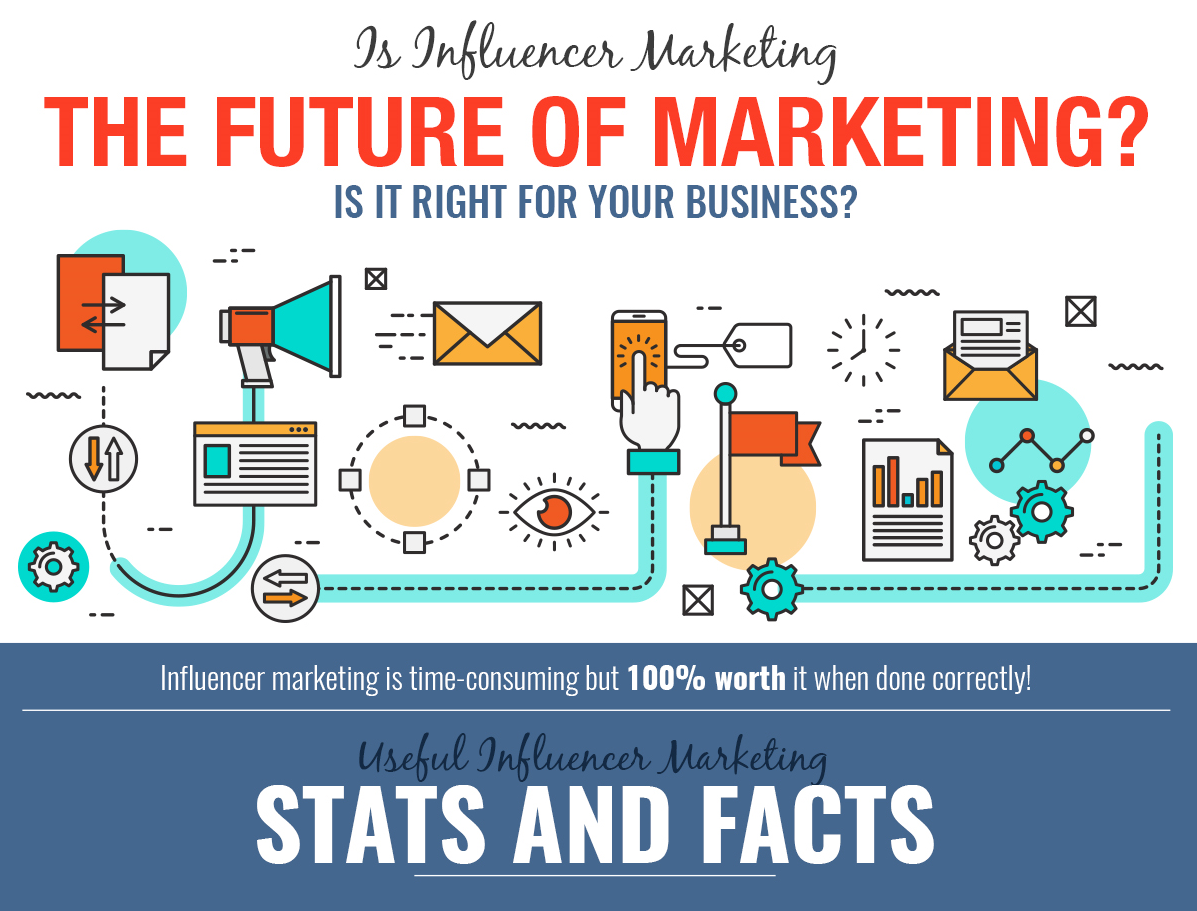Selling a business is no easy feat. Compiling financial statements and preparing employees for a transition is time-consuming and business owners often do not know where to look for potential buyers. However, any business can find the right market with the proper toolkit and team.
Whether the owner is still steeling themself emotionally for the sale or already prepping documents, it is vital to have an actionable plan for the marketing process. A smooth ownership transition will benefit all parties involved and maximize profit along the way.
The Value of Marketing
Selling a business is its own unique bear. Unlike buying a home, the business market is more specialized to investors, private equity groups, industry professionals or others looking to expand their array of ownerships.
Remember that sometimes the buyer needs a distinct skillset beyond the essential management traits to succeed in this position. For instance, a diner may need someone with experience in the food industry to maintain proper safety and sanitation. In order to reach these specialized individuals, the sellers need targeted marketing.
Marketing is also an investment. Though it takes time to prepare the proper documentation and network with various people, these efforts place the owners one step closer to the perfect buyer.
What Are Business Brokers?
A business broker or merger and acquisition firm can ensure a seamless transition to new ownership and aid in this marketing process. Their experience and access to the contact information of prospective buyers are invaluable assets.
Finding the right business broker is more than looking at reviews and experience, though these are both essential steps. Consider these four tips before adding a broker.
- Research their successes. What types of businesses have they secured before? Does this organization work with similar industries or price values?
- Get to know the team. Have meetings in-person, on the phone or through video chat to make sure the partnership has a strong foundation. Both parties should fully understand the other’s goals and the business's proposed value.
- Prepare the proper documentation, including profit and loss statements, tax returns for at least three prior years and employee financial statements. The business brokers cannot market to the desired buyers without the whole picture.
- Consider their marketing strategies. Many brokers specialize in inbound marketing that builds relationships by creating content or engaging with users. Proactive marketing also utilizes virtual tools like analytics and user preferences to make marketing decisions. Social media and third-party business sale portals are also great tools to use together.
Business brokers offer a wealth of experience and knowledge. Their past successes can provide networks of buyers and guide the business owner to the best possible outcome for new ownership.
Using Marketing to Sell a Business
Marketing is crucial to the selling process and can accelerate progress and profit. To find the perfect future for the company, design a marketing strategy.
1. Find the Buyer
Start by narrowing the focus on the lens. Not everyone looking to buy is a great fit for every business — some ownership roles require specialized skills or adherence to company personality and culture.
Those looking to sell their business should ask these questions when narrowing down their preferred audience:
- Are there specialized skills required for ownership, like construction certifications, technical degrees, food safety knowledge and preparation?
- Is the preferred buyer an individual, investing organization, a private equity firm, a search fund or another business?
- Does the new owner need to be geographically close to manage this business?
- Does the business broker, accountant or lawyer have access to buyer contact information? Can they form a marketing strategy around these names?
2. Make the Plan
After establishing the ideal buyer, conduct research. How have other similar businesses orchestrated their sale and the marketing of that sale? Demands change, so it is important to find current sources for information on the industry and how this business will fare in the market.
Once the plan is in place, the brokers and owners can analyze data to see the performance of their marketing efforts. If the social media posts or emails are not receiving a lot of click-throughs or dwell time, then it is time to readjust the strategy.
3. Prepare the Documents
Partnering with a business broker means creating a teaser and a Confidential Information Memorandum (CIM).
A teaser acts as a mini sneak peek into the business. Usually, these documents are short — around one page long — and let the reader know just enough to pique their interest. Interestingly, the teaser does not reveal the business's name or any in-depth information, requiring an interested party to inquire for more details. With this inquiry, the business owner and broker now have a tangible lead.
Some key features of a teaser are:
- Active and engaging headlines to generate intrigue and excitement.
- Contact information for the seller and broker.
- The year established, number of employees, location and yearly sales.
A CIM is more specialized and displays the entire picture of the business. This document aims to let potential buyers know what they will receive if they purchase this business and how to pursue the offer. It will reveal the business's name, but sellers should only give this document to serious, qualified groups or individuals.
Some key features of a CIM are:
- Milestones, investments and income.
- Products and services.
- Range of customer base.
- Types of employees and their roles.
- Care of facilities and equipment.
- Internal processes like HR and benefits.
- Financial records like tax returns.
4. Choose the Platform
Where to post the teaser or other advertisements can vary. Sending direct messages to a customer buyer list through emails or phone calls is a way to get in touch with people quickly and clearly. Obtain this list through the business broker’s database, network connections or personal business contacts.
Never forget the power of social media advertising. Colorful infographics and content bring in engagement and buzz. When advertising, maintain the same method as the teaser and only reveal specific details to drive intrigue and maintain confidentiality.
Social media platforms all have different audiences as well. An Instagram user will value engaging images and personal connection, while LinkedIn is a hub for corporate involvement. Think back to the desired buyer and choose the marketing platform based on that audience.
Some websites list businesses for sale. Make sure to specify the correct contact information and confirm proper site security.
5. Maintain Confidentiality
Confidentiality is key. The covert nature of the teaser is just one way all parties maintain their privacy. Many ways to generate the leads mentioned above come from broker databases, keeping the sales inquiries under the radar and secluded to only those involved in the transactions.
Another important job of the business broker is their vetting process. Verifying the quality of the individuals or groups interacting with the teaser and requesting the CIM ensures financial security. Many business brokers also ask recipients of the CIM to sign an NDA as they are getting access to confidential information about finances and internal processes.
From Market to Profit
Selling a business can be lengthy and has many moving parts, including financial and employee changes. To promise a smooth transition into new ownership, consider all options, make a strategy and find the right team to work in the best market. Find more time, money and peace of mind by focusing on these marketing tips for selling a business.
Related Posts
Devin Partida writes about topics concerning tech and the internet. She is also the Editor-in-Chief of ReHack.com.







